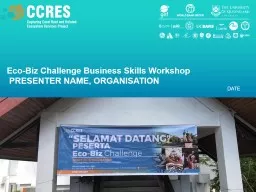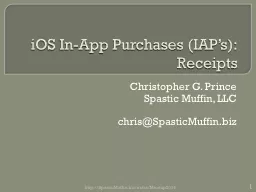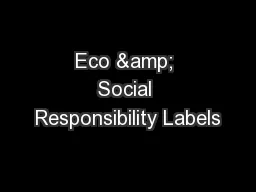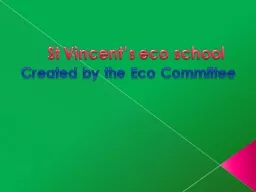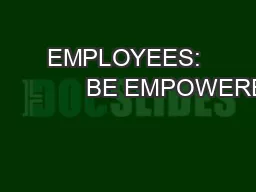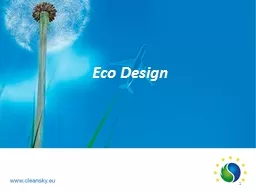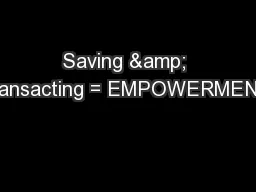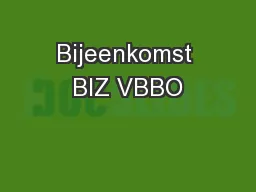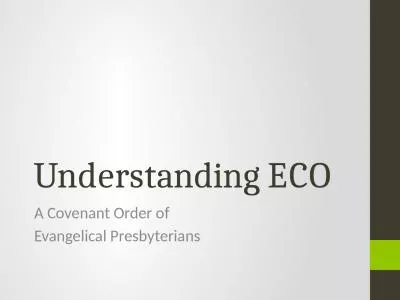PPT-Eco-Biz Challenge Business Skills Workshop
Author : sherrill-nordquist | Published Date : 2018-10-25
PRESENTER NAME ORGANISATION DATE Solutions Enhance amp diversify livelihoods Business Development Goal To increase the local capacity for knowledge and skills around
Presentation Embed Code
Download Presentation
Download Presentation The PPT/PDF document "Eco-Biz Challenge Business Skills Works..." is the property of its rightful owner. Permission is granted to download and print the materials on this website for personal, non-commercial use only, and to display it on your personal computer provided you do not modify the materials and that you retain all copyright notices contained in the materials. By downloading content from our website, you accept the terms of this agreement.
Eco-Biz Challenge Business Skills Workshop : Transcript
Download Rules Of Document
"Eco-Biz Challenge Business Skills Workshop "The content belongs to its owner. You may download and print it for personal use, without modification, and keep all copyright notices. By downloading, you agree to these terms.
Related Documents

